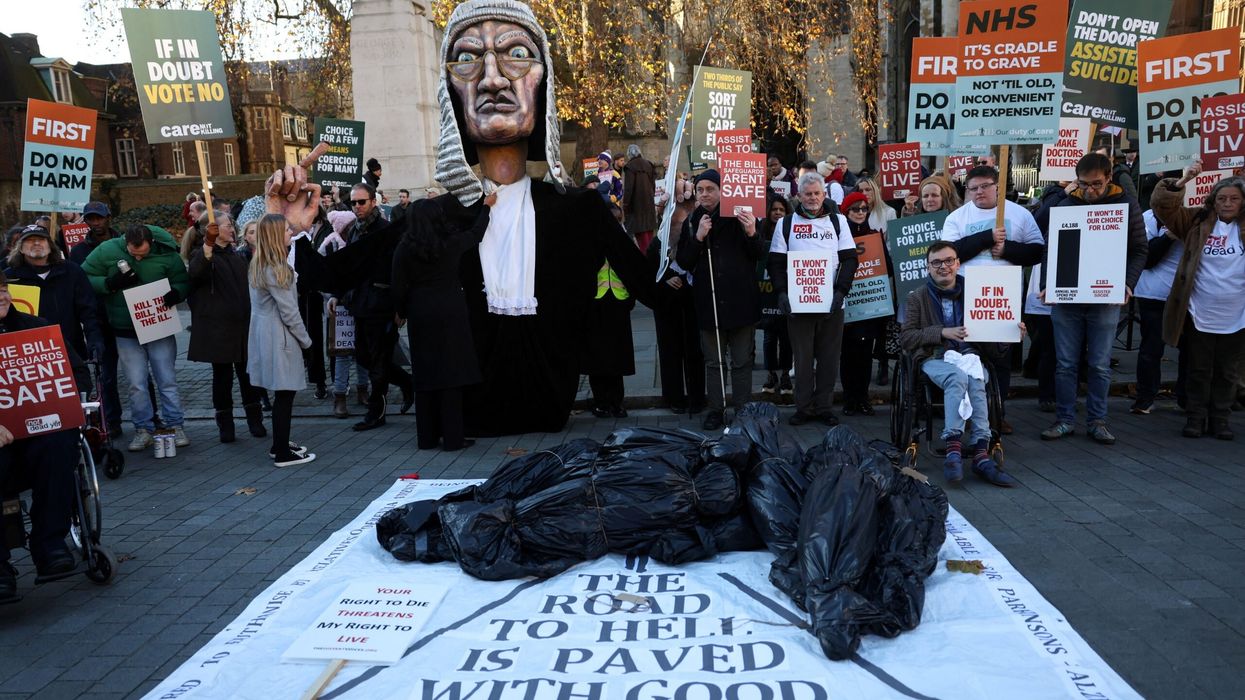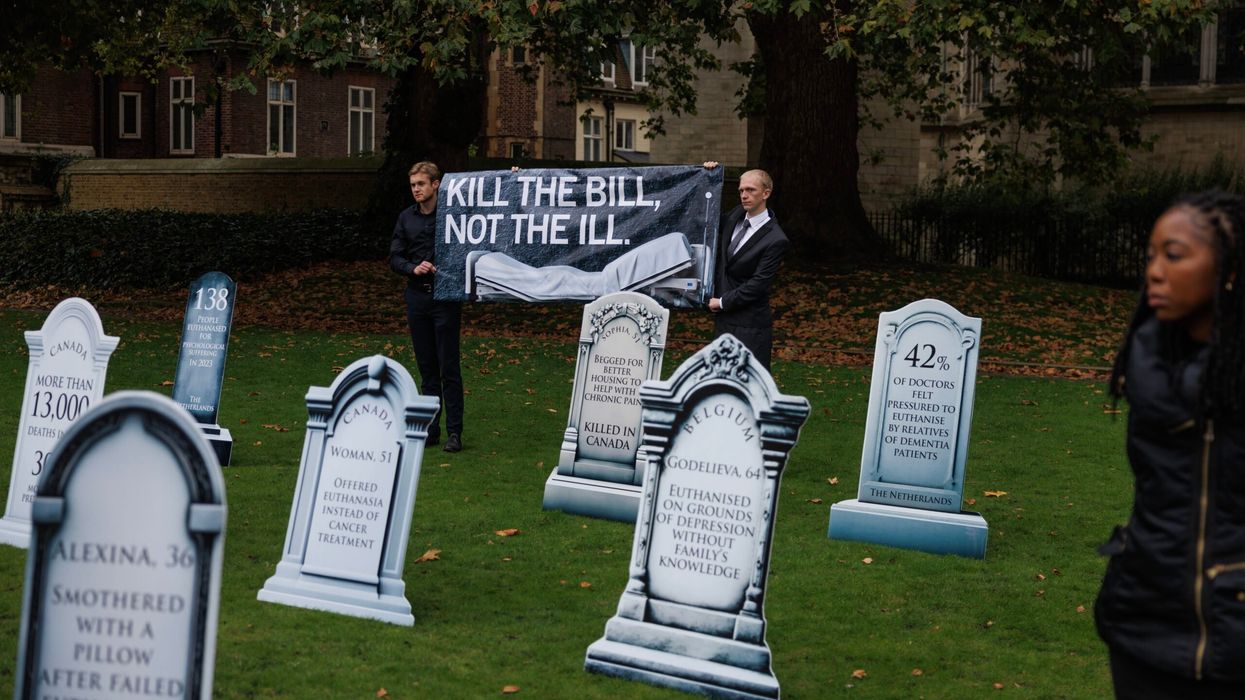Dr Rina Arya
IT IS not uncommon to see a celebrity or designer courting controversy in the media because of the allegedly disrespectful way in which they have used or worn a Hindu symbol.
In her 2019 world tour, Cher came on stage bedecked as an Indian bride reciting the Gayatri Mantra while riding a mechanical elephant. There have been numerous instances of this kind of practice, known as cultural appropriation, where members of one culture take for their own use items produced by another culture (Young, 2008). Hindu symbols, recorded more widely since the counter-cultural years as Indian spirituality (Lucia, 2017, p. 2), have great appeal in Western consumerism.
A common category of interest is the depiction of Hindu gods and goddess that are valorised for their iconographic boldness (animal-headed, multi-armed), colourful palettes and rich mythological power. The use of representations of Hindu deities has been seen in high-profile media cases in the last two decades in the collections of Western designers, such as Roberto Cavalli (in 2004) and Lisa Burke (in 2011). These items caused great offence to Hindus around the world but, in spite of defences of use, apologies, and protests by individuals and Hindu groups, such cases continue to occur.
The reasons are many, but what remains lacking, and critical, are steers about what is acceptable for use. Notwithstanding the view that any form of taking in an unequal dynamic of power – which happens in the appropriation of Hindu symbols in the West – involves cultural appropriation as a matter of definition, policies or guidelines that mitigate against offence need to be formulated. The global circulation of images and ready access to other cultures means that ‘borrowing’ is not going to cease. Also, there are benefits to the sharing and exchange of cultures.
Hinduism, in particular, has been known historically for its tolerance and anti-proselytising (against conversion) stance, making it receptive to Western audiences. Furthermore, the wide circulation of sacred images within Indian society conveys just how pervasive the visual material culture of Hinduism is.
What is often at issue is that the symbol is distorted in its use and is used superficially, without embodying the beliefs of that tradition, to pique consumer intrigue. In the context of fashion and celebrity culture, Indian or Hindu culture comes to be seen as exotic, desirable, mystical and glamorous, especially when worn on the body of a white celebrity. The writer Bell Hooks discusses how symbols from ‘exotic’ cultures can be used to ‘spice up’ consumerism (1992, p. 21). Symbols are stripped of their original use in religious rituals and are performed for commercial benefit. Cher’s recitation of the sacred Vedic Gayatri Mantra before breaking into her dance number is a case in point.
Spokespersons for Hindu bodies have been unable to agree about legitimate use. Ramesh Kallidai, secretary general of the Hindu Forum of Britain, believes that the use of Hindu imagery on commercial goods such as bags should be permitted, so long as the surface is non-polluting (thereby excluding what is regarded as immodest clothing such as underwear, swimming, socks, shoes).
Rajan Zed, president of Universal Society for Hinduism, however, is opposed to Hindu imagery being used to enhance the sale of any goods (Ramachandran, 2014, p. 70). Zed’s view is stark but it does seem, on the face of it, to express a different sentiment than Kallidai’s position.
One indisputable fact is that if something is regarded as sacred, then it has more regulations attached to it and greater sanctions for misuse. In cases of cultural appropriation thus far, there is a positive correlation between the misuse of the sacred symbols and the greater extent of protest. Within the context of Cher’s performance, the strongest objection was levelled not at her wearing a sari or riding an elephant, but at her chanting a sacred text.
The primary stance of Hindus towards sacred things is devotional or reverential. This is not always maintained in Western consumerism, where the focus is often on the aesthetic qualities of the symbol, not on its significance as an object of veneration. Formally, an object needs to be consecrated before it is deemed fit for worship, such as statues of deities in temples. That being said, the implication is that sacred objects should be treated accordingly, and not be subject to the way in which everyday mundane objects are treated. In order to make headway with policy, it is essential that consensus is reached by Hindu organisations in order to decide upon codes and regulations regarding the use of symbols within consumer culture.
Dr Rina Arya works as Professor of Visual Culture and Theory, departmental lead in research, School of Art, Design & Architecture, University of Huddersfield.












